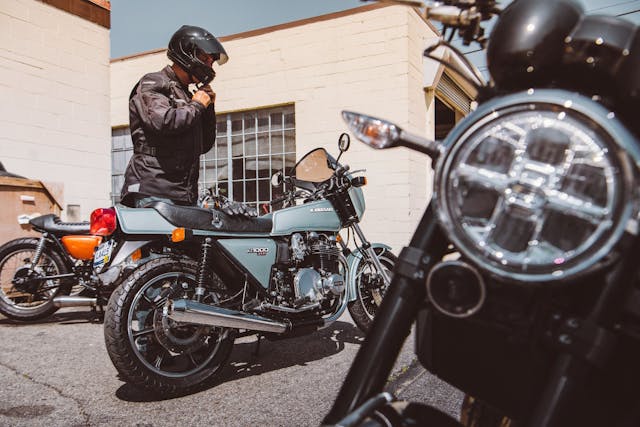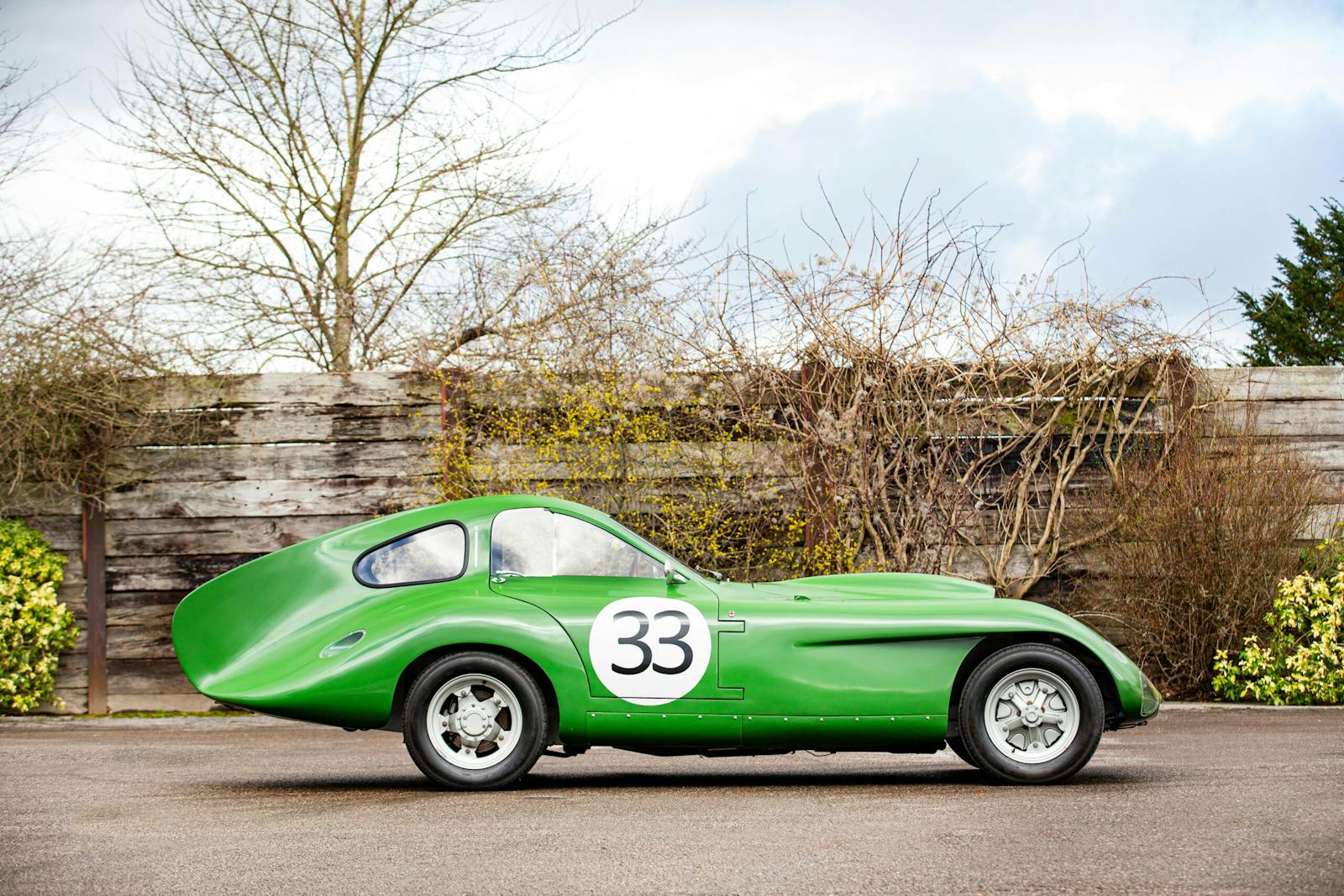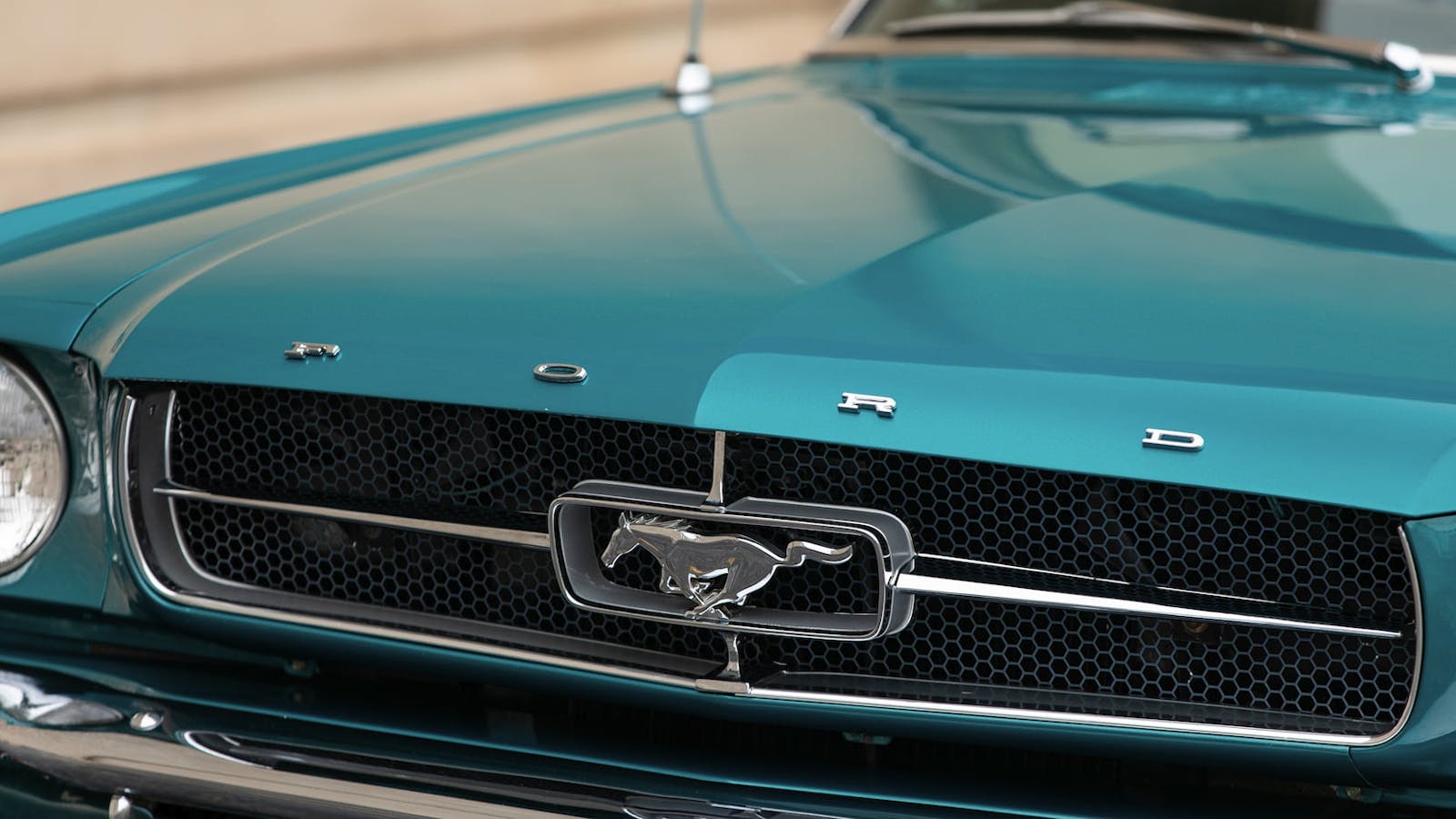Young collectors are taking the motorcycle market by storm
Over the last year, we have seen the entire world change. That includes the part of the world that collects motorcycles. Our annual update to the Hagerty Motorcycle Price Guide, which we’ve just published, reveals that collector motorcycles, like collector cars (not to mention lumber, used vehicles, housing, and much more), have become more expensive. The big story, though, may not be the price increases but who is driving them. Millennials and Gen–Zers are taking the collector motorcycle market by storm.
As we’ve noted previously, collector motorcycles are generally more accessible than collector cars to young buyers, for reasons that are pretty obvious—bikes are relatively inexpensive and easy to store, even if you live in an apartment (or with your parents). Yet the spike in youth interest we’re seeing now is unprecedented: In 2020, the share of young people (millennial and Gen–Z) calling us for a quote on motorcycle insurance increased 5 percentage points. In contrast, young people’s share of quotes in the collector car segment only increased about 1 percentage point (which still makes them the fastest growing demographic there).
This is all positive for the long term sustainability of the collector motorcycle market. In the near term, though, this infusion of new interest (and cash) means lots of change.
Those Seventies bikes
People buy what was cool in their youth, supposedly, but that’s not the case for younger buyers. They want to go back to the ’70s even more than their parents. Out of every 10 quotes on insurance from a millennial or Gen Z buyer, four will be for a 1970s motorcycle. This is versus only three for a Gen–X or Boomer buyer. More than two thirds of these 1970s motorcycles are Japanese. In fact, for every millennial buying a ’70s American motorcycle there are 4.6 millennials buying a ’70s Japanese bike. That is more than twice the ratio of Boomers, where for every ’70s American buyer there are only 2.2 ’70s Japanese buyers. (If you’re a dealer looking for a young audience, adjust your inventory accordingly…) No surprise, Japanese bikes are the ones seeing large increases in value, too, with the average #1 value in the Hagerty Motorcycle Price Guide increasing 23 percent in the last year versus only 3 percent for American models.
Mom and dad still spend more
Although demand from young collectors is clearly pushing prices higher for certain bikes, it’s important to note that these collectors aren’t themselves paying as much as their elders. The median value for a motorcycle added in the last year by a millennial or Gen–Z buyer is $5,600. This is up 11 percent from a year ago, but still 31 percent and 35 percent below the median value of motorcycles added by Gen-Xers and Boomers, respectively. No, they’re not low-ballers. Rather, it appears young enthusiasts tend to pick up motorcycles as they are passing by on their way from cheap to collectible. They also are more likely to buy a bike in less-than-perfect condition. The price sensitivity of younger collectors also helps explain the popularity of ’70s Japanese bikes, which remain quite attainable, even after the recent appreciation, relative to older motorcycles. The average #1 value in the price guide for a ’70s Japanese motorcycle is $5,000 and the #3 value up to $2,900.
Resisting that Old World charm?

A Vincent may be the quintessential vintage motorcycle, its black enamel and gold pinstriping a common sight in the garages of top-tier collectors. This appeal might not extend with the younger millennials, though. In fact, British bikes, in general, don’t seem to resonate. Of all the Vincents added to policies in the last year, only 4 percent of them were added by millennial or Gen–Z collectors. You might be thinking this a function of the typical Vincent’s age—the company went bust in 1955—and yet 14 percent of the ’30s and ’40s-era Harley Knuckleheads added to Hagerty policies in the last year were for millennial and Gen–Z collectors. The lack of interest from young buyers in Vincents is already rippling through the price guide, with most Vincent values flat and the #2 value of a Vincent Black Prince and Black Lightning dropping 10 percent and 15 percent respectively. Lest we overstate things, note that the #1 value of a Black Shadow is up 7 percent.
The Baby Boom is still booming
The tastes of millennial and Gen–Z collectors are having big impact now and will only grow more important as time passes. It’s important to remember, though, that they are hardly the only people collecting bikes. Older collectors are still extremely active and, more specifically, are still searching out new stuff. Take, for instance, 1980s dirt bikes, which are almost universally appreciating. You’d expect this to be coming from thrill-seeking twenty- and thirtysomethings. Nope. Seventy percent of the people who called Hagerty for insurance quotes on these bikes last year were Baby Boomers. (The big winners were 1980s Honda XRs and Kawasaki KXs, whose #1 values increased 100 percent–400 percent since last year.)
***
Check out the Hagerty Media homepage so you don’t miss a single story, or better yet, bookmark it. To get our best stories delivered right to your inbox, subscribe to our newsletters.


